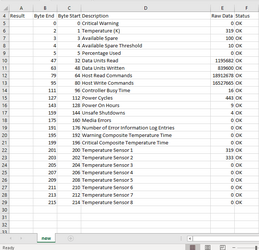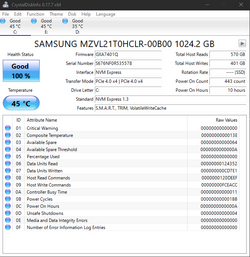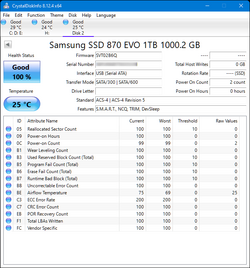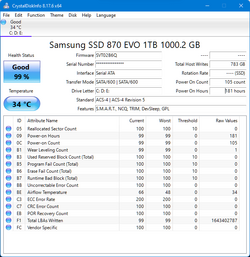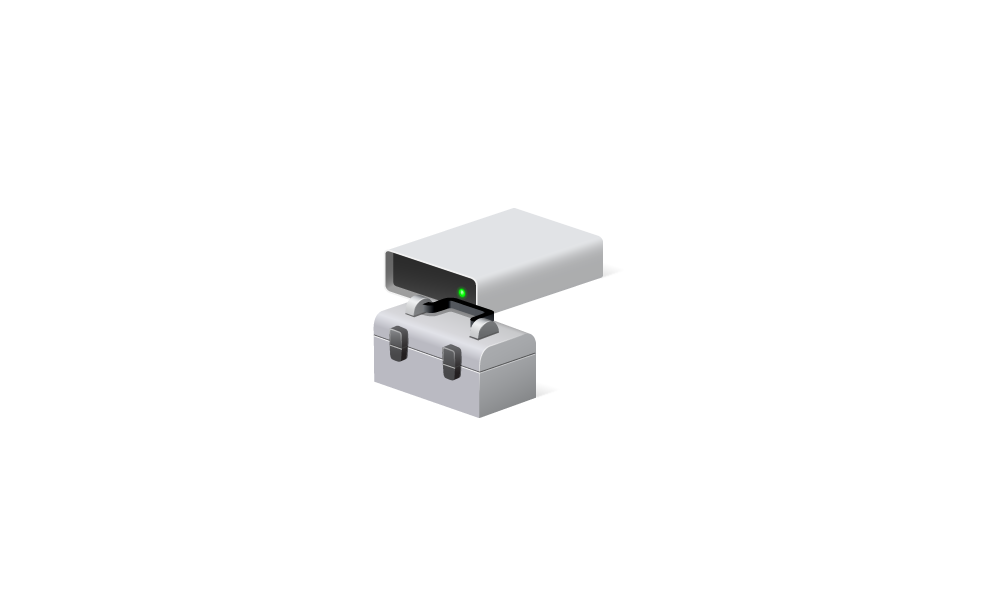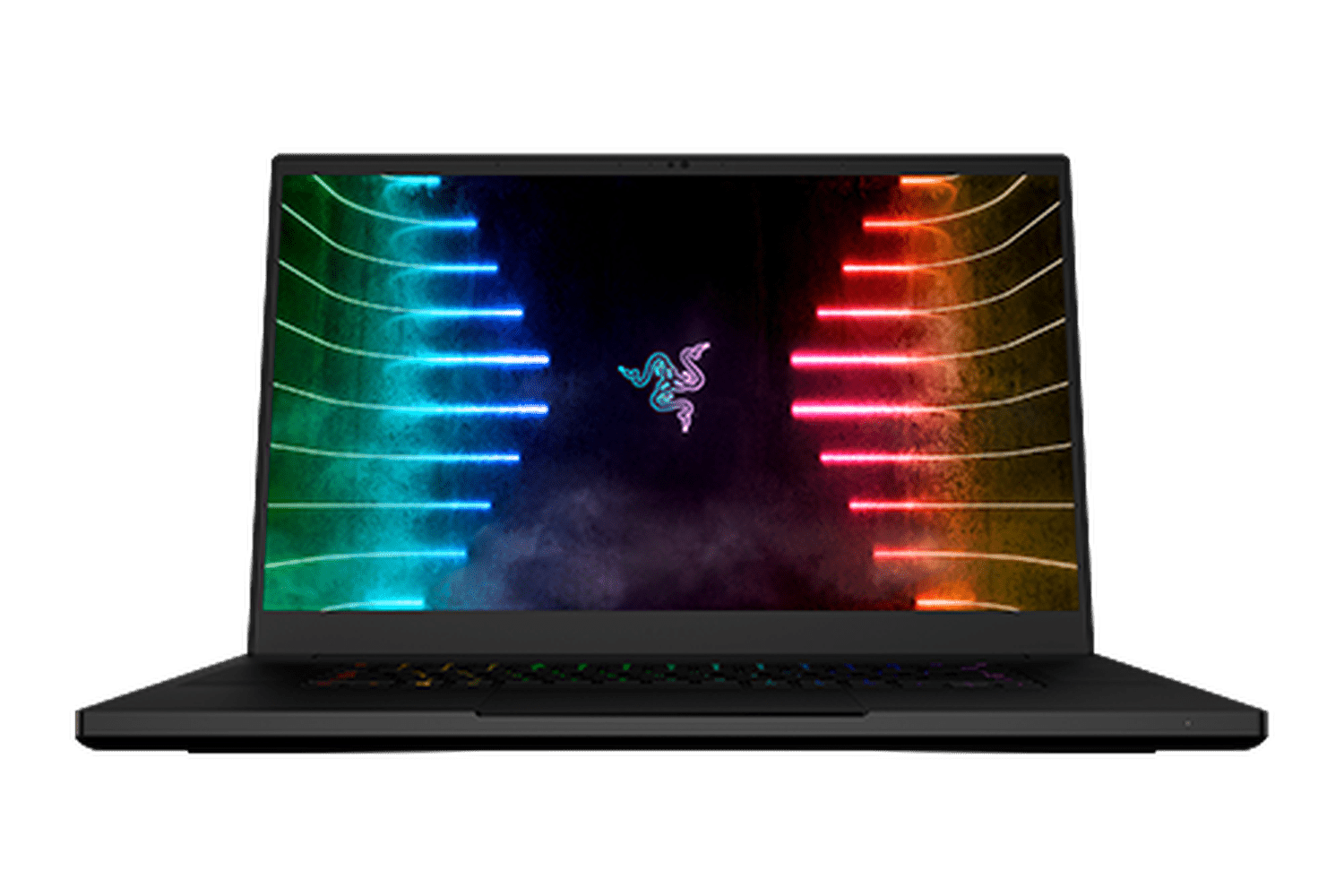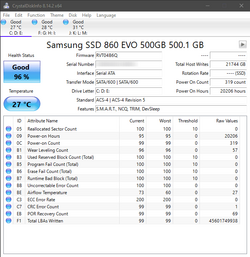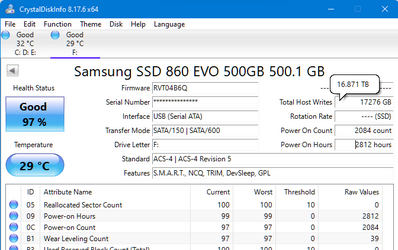- Local time
- 12:10 PM
- Posts
- 184
- OS
- Windows 11 PRO
My Computer
System One
-
- OS
- Windows 11 PRO
- Computer type
- Laptop
- Manufacturer/Model
- Razer Blade 17
- CPU
- Intel i7-12800H
- Memory
- 32 GB DDR5 4800 MHz dual-channel
- Graphics Card(s)
- NVIDIA® GeForce RTX™ 3080 Ti
- Sound Card
- Steinberg UR44
- Hard Drives
- 1 TB SSD (M.2 NVMe PCIe 4.0 x4
- Browser
- Firefox
- Antivirus
- Windows Defender + Malwarebytes

